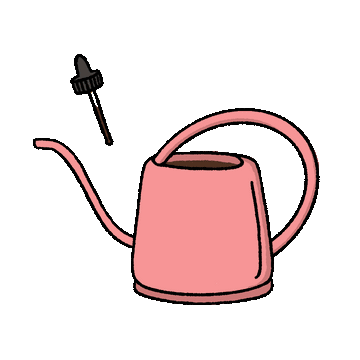There is no way we’ll be trying to cover all Plant Problems in one blog post. So think of this as the first in a series of posts about common problems your indoor plants may face, their symptoms, and, fingers crossed, some treatment solutions.
But before we dive into all that, you need to be able to tell when your plant isn’t happy. Noticing a change in your plant from when you bought it to weeks later after its been in your home for a while is important. Remember, it's common for plants to freak out a little when they first move in - they’ve just left the ideal growing conditions of the nursery and now they’ll have to adjust to their new home. Chances are, if you’ve asked the right questions and done a bit of research, the plant will bounce back just fine.
The real skill is being able to tell when your plant is sad, as opposed to ‘settling in’. Take note of how your plant looked when you first bought it, or think about taking a photo of it when it was looking its best. It can be hard to notice changes over time when you see something every day, so it's helpful to have a photo to refer to.
Look out for changes to foliage or soil or even the overall habit of the plant. If your plant is looking a little under the weather, it doesn’t mean it's all over, just that you might need to give them a bit of extra attention as you get them back to fighting fit.
The first step is to think about any changes to the weather or light that might have occurred. Have you placed your plant too close to a heater, air-conditioner or draft? Do you need to adjust your watering? Or maybe it’s time to give them a fertilise? Perhaps that bathroom isn’t as bright as you thought it was…
Give your plants a clean - wipe down the leaves and clear them of dust and any insects that might be about. Remove and leaves that may have dropped onto the soil, prune back any diseased branches if necessary. You may need to change the potting medium so keep an eye out so any signs that it’s not healthy (fugus gnats or mould are signs something is wrong).
Finally, always employ best practice to ensure your happy plants don’t join the unhappy ones. Clean your secateurs after working on a diseased plant and quarantine any plants that are struggling with pests.
Next step - identifying the problem. Over the next few weeks we’ll be looking at problems relating to conditions, diseases and pests and discussing the best way to treat them



Leave a comment